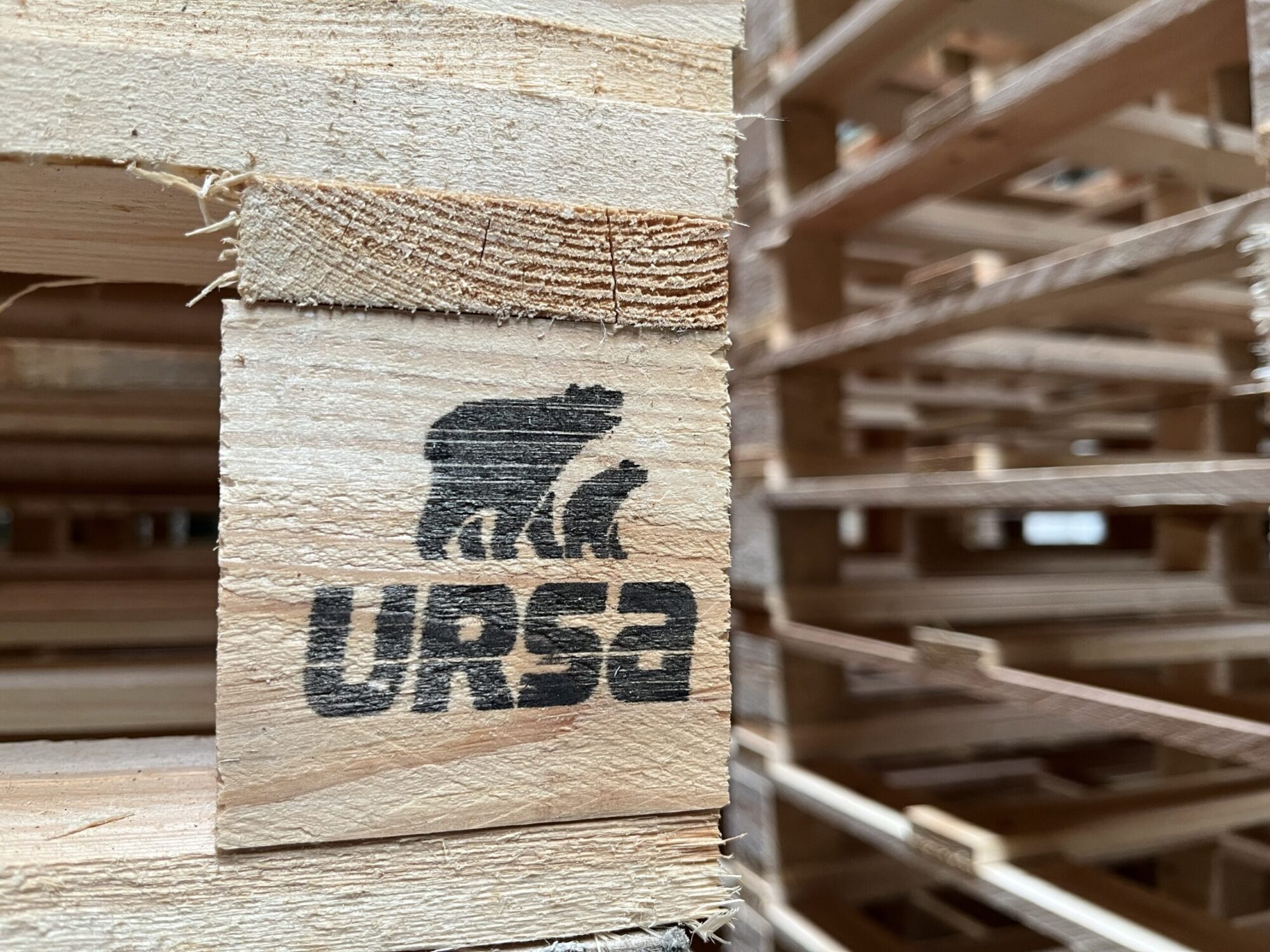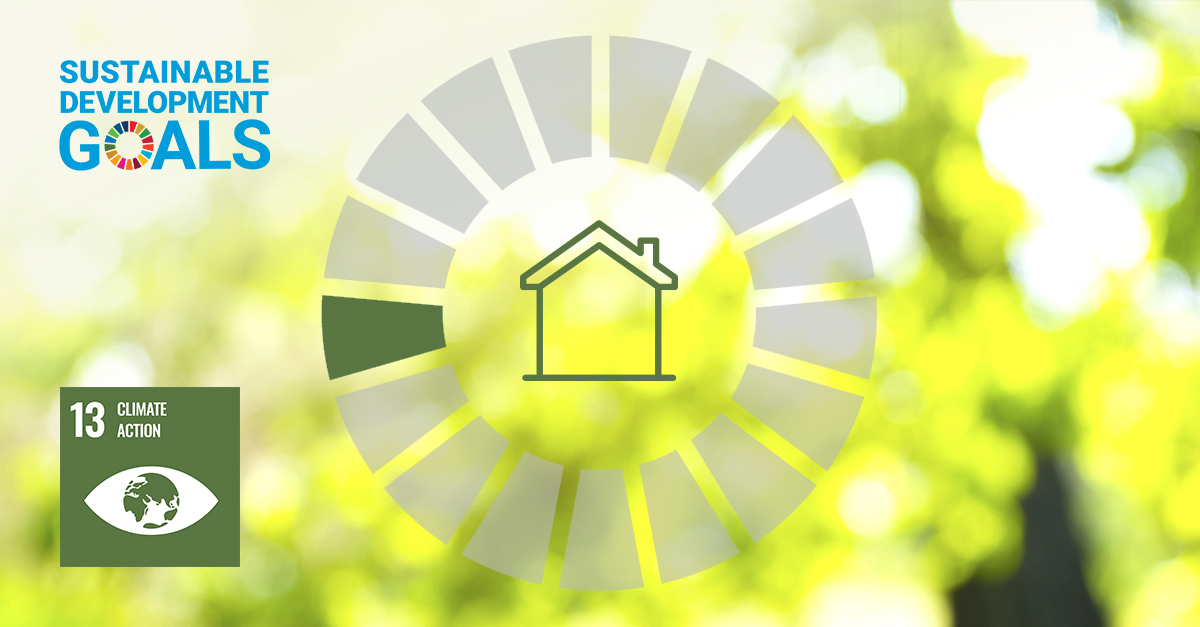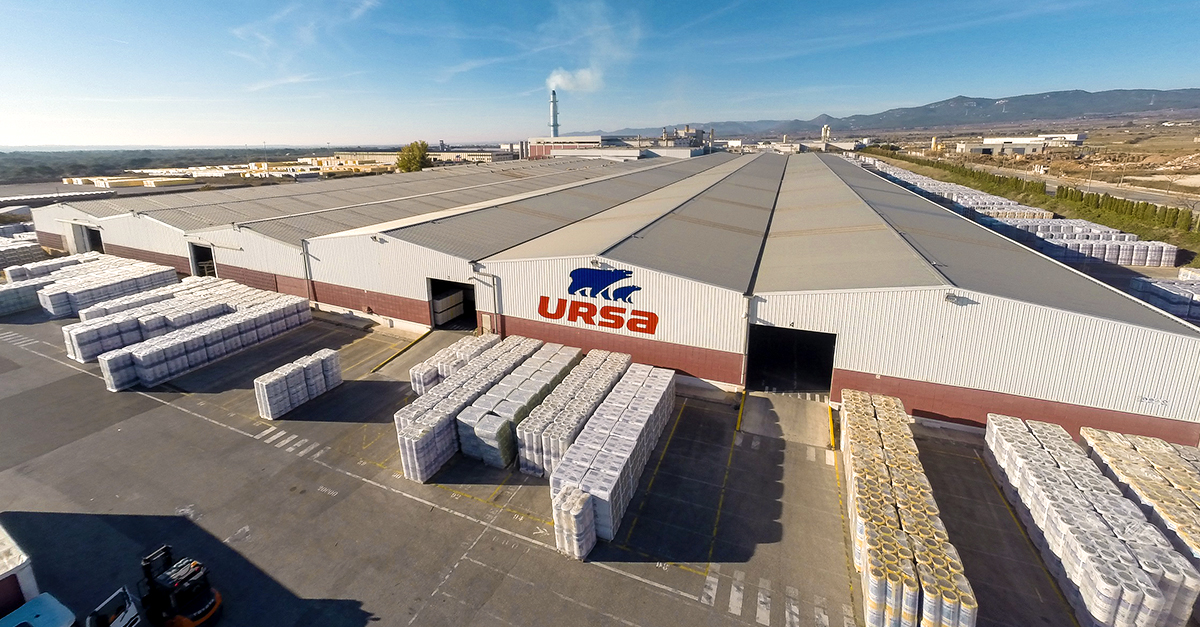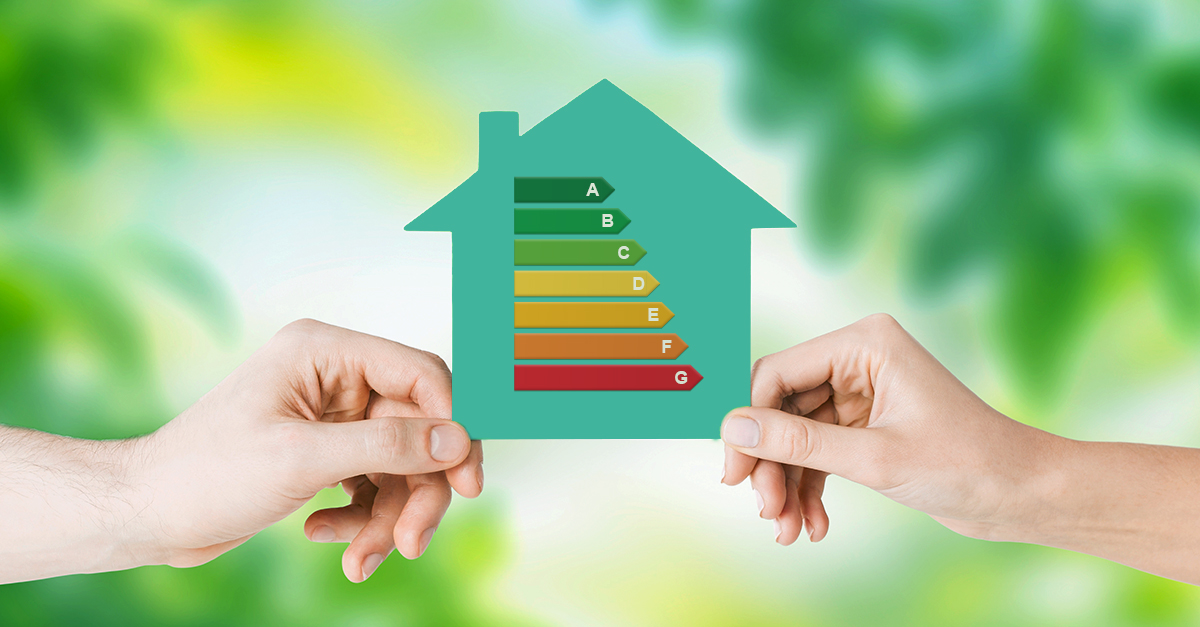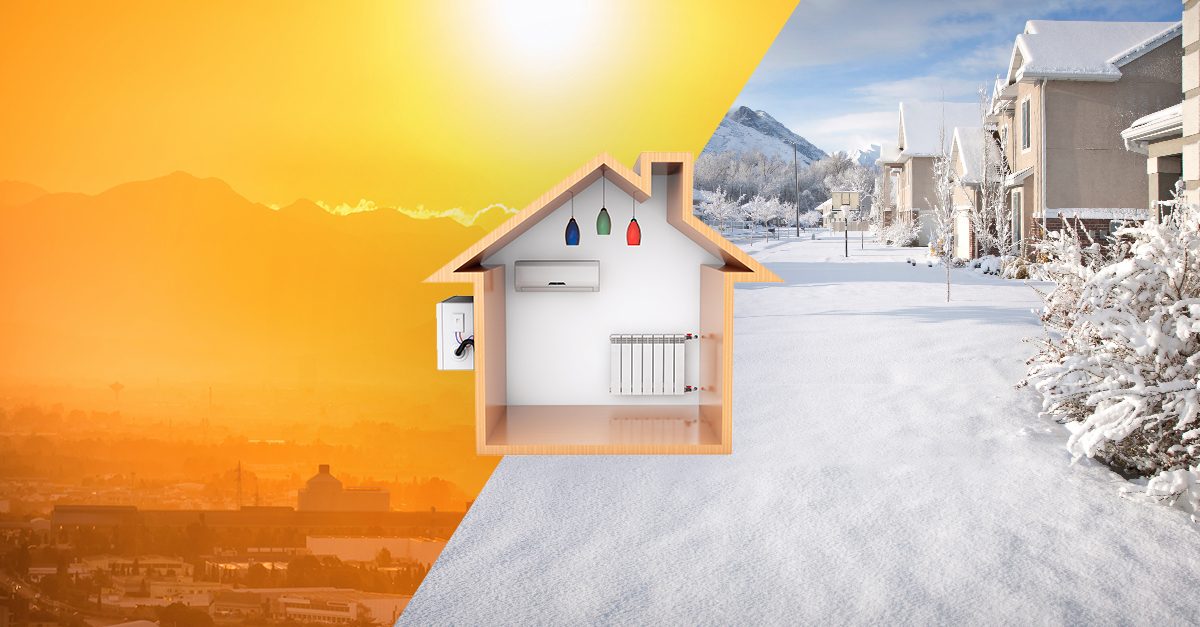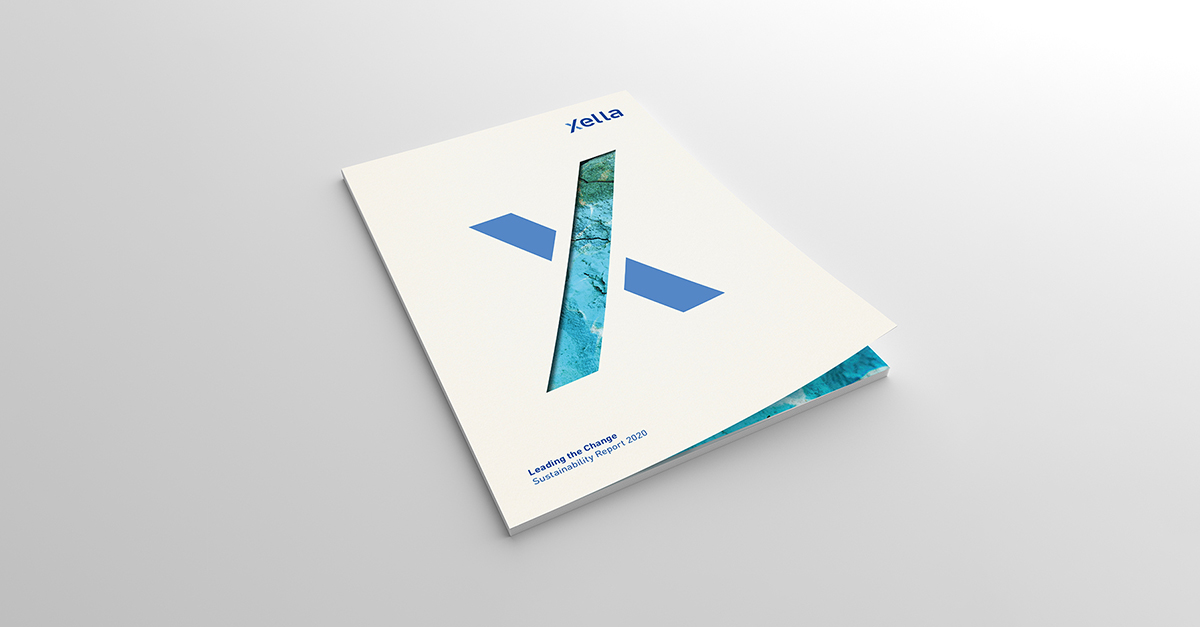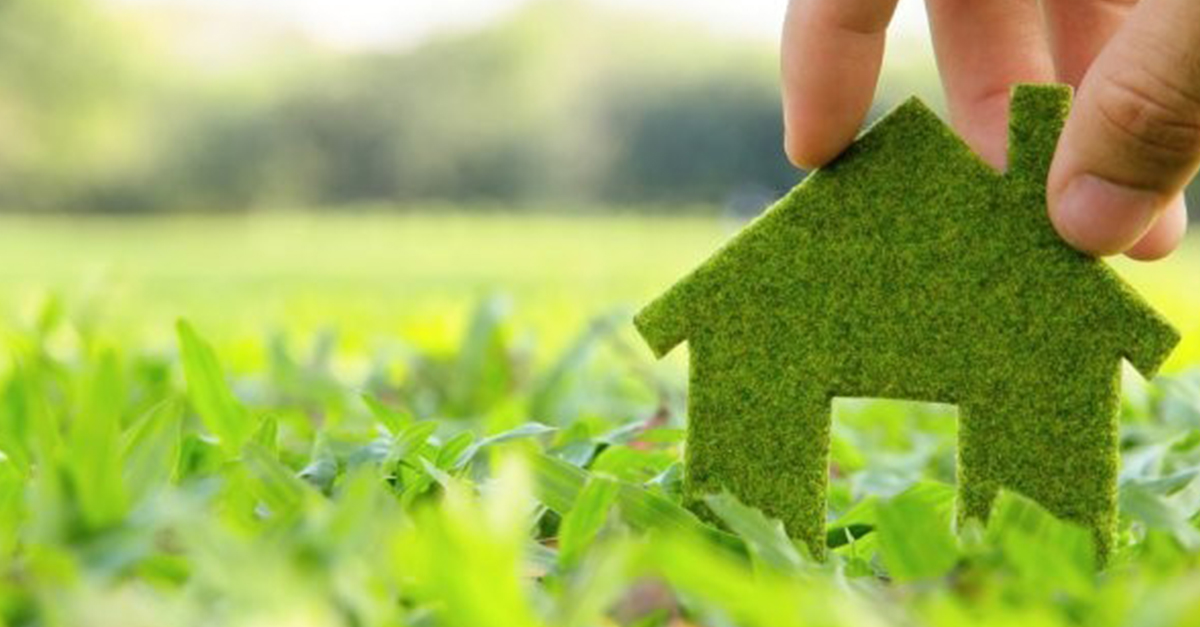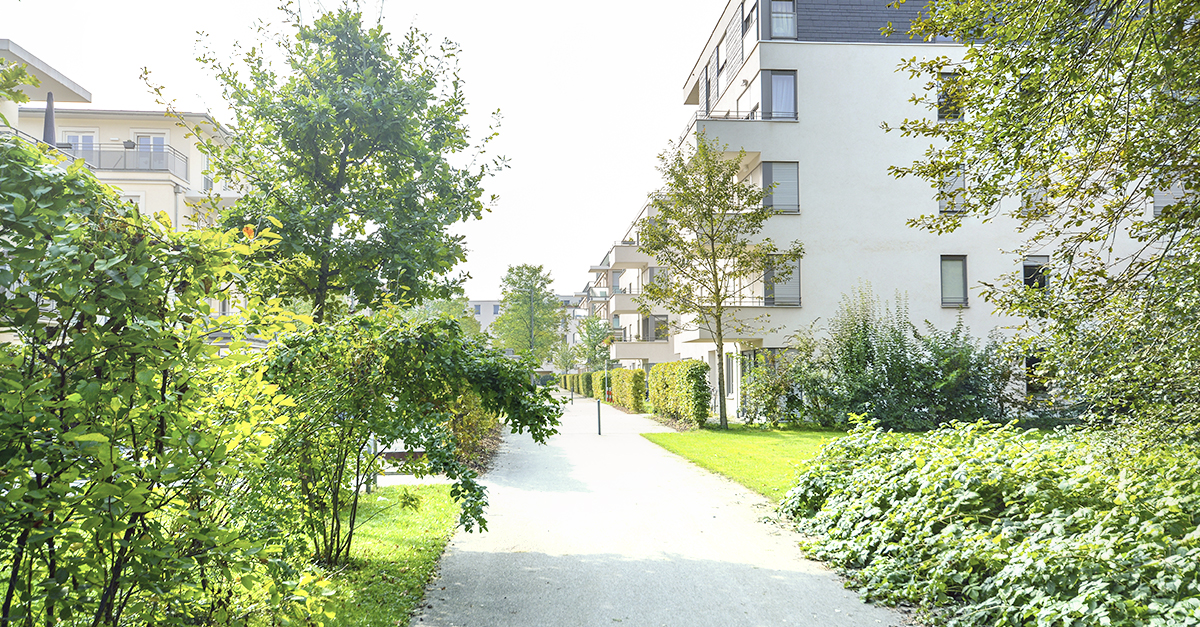The first step towards insulation: mineral wool
Good insulation provides comfort, safety and sustainability for the home. Glass mineral wool solutions offer thermal and acoustic comfort, directly contributing to the reduction of CO2 emissions in the European Union.
Share
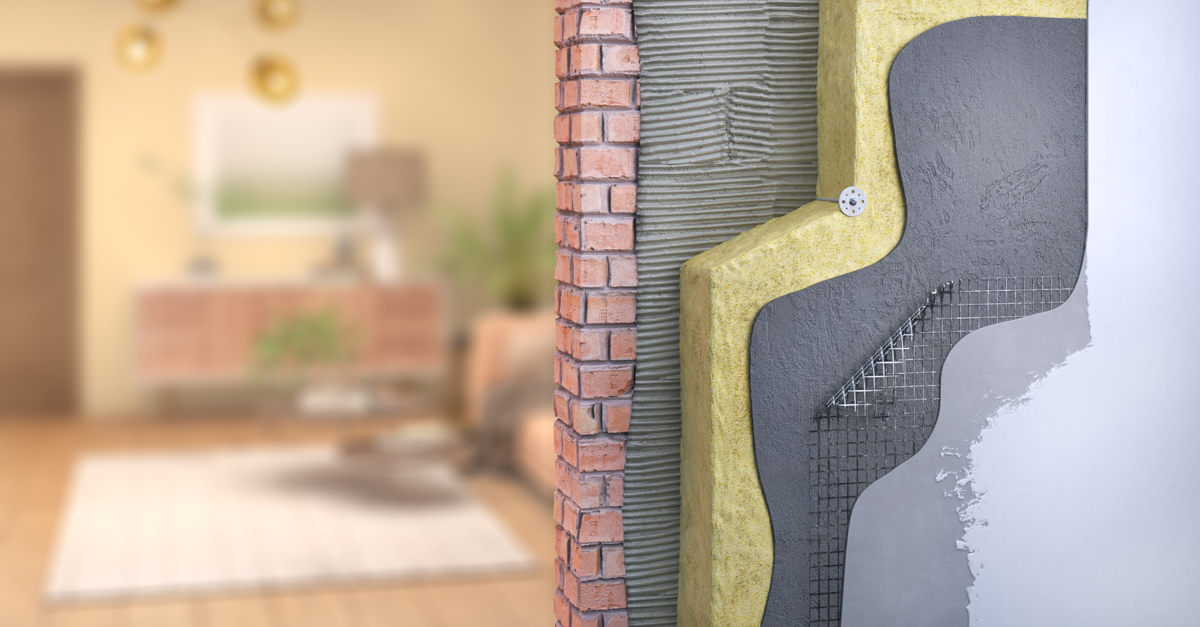
When we think of the ideal home, we imagine ideal light, good ventilation, thermal and acoustic comfort. And when we think of a sustainable home, we surely imagine buildings that are respectful toward the environment, which reduce energy consumption and make the most of natural resources. Therefore, good insulation makes it possible for all of the above attributes of comfort, safety, and sustainability to be met simultaneously.
Although there are currently EU initiatives requiring member states to commit to reducing energy consumption and minimizing the impact of CO2 emissions (Green Deal, Renovation Wave, etc.), EURIMA, the insulation manufacturers association, has been promoting the same cause for years, fighting for Europe to face the challenge of energy efficiency in the building sector.
One of EURIMA’s proposals is to promote the use of mineral wool as an insulating layer for buildings. Its thermal and acoustic properties make it a unique and very versatile product that prevents energy leakage through walls.
Mineral wool has an interlacing fibrous structure that contains immobile air pockets inside. This gives it a low thermal conductivity, thus serving as a great thermal insulator.
The characteristics of mineral wool make it possible to achieve optimal thermal comfort, which is essential to the habitability of a building. In addition to its thermal performance, another advantage of mineral wool is its acoustic insulation. Thus, it becomes an ideal material to improve the soundproofing of spaces. Furthermore, mineral wool is non-combustible and therefore contributes to fire protection.


But what is it made of?
Mineral wool has two different compositions: it can be rock, made of basalt rock; or glass, made of siliceous sand and recycled glass. The manufacturing process involves melting and bundling. The initial mixture of mineral elements (sand and recycled glass) with additives melts at 145°C and through mechanical rotation and subsequent cooling, very fine fibers are achieved. These fibers will be caked using a binder solution to create panels that can be cut and cured in an oven.


Glass mineral wool is one of the most widespread insulation materials. Its applications include roofs, pitched roofs, walls, façades, partition walls, ceilings, floating floors and HVAC systems. In addition, it is also a material that is used to improve insulation in industrial equipment, such as large diameter pipes, tanks and vessels, boilers and turbines, or naval installations, among many other industrial applications.
Another characteristic of this material is its contribution to reducing the carbon footprint. The Life Cycle Assessment (LCA) of Ursa Glasswool shows that the energy required for its production is up to 600 times less than to other materials. The inorganic origins of its main raw materials make mineral wool fireproof and repellent against parasites without the need for additives.
In short, a simple, efficient solution and a great first step to achieving energy efficiency in the buildings that account for 36% of CO2 emissions in the European Union.
Learn more about URSA mineral wool insulation solutions and their applications at this link.
Share
Categories
Lastest news
Tags
- Accelerate Renovation
- Building Renovation
- Certification
- Circular Economy
- circulareconomy
- Climate change
- CO2 Reduction
- Comfort
- Deep renovation
- Descarbonization
- Diversity
- Energy efficiency
- Environment
- EPBD
- Equality
- ESG
- ETEX Group
- Eurima
- Green Deal
- Healthy Buildings
- Healthy homes
- Indoor air quality
- Industry
- innovation
- InspiringWaysOfLiving
- Insulation
- InternationalWomensDay
- LCA
- Mineral wool
- PrioritisePeople
- Recycle
- renewable energy
- Renovation Wave
- reuse
- Safe homes
- Safe life
- Safe work
- Safety
- Save
- Solidarity
- Sustainability
- Thermal insulation
- UN Sustainable Development Goals
- United Nations Global Compact
- UnitedToInspire
- URSA
- Ventilation
- waste
- We are URSA
- We are Xella
- Women
- WorldPolarBearDay
- Xella Group


